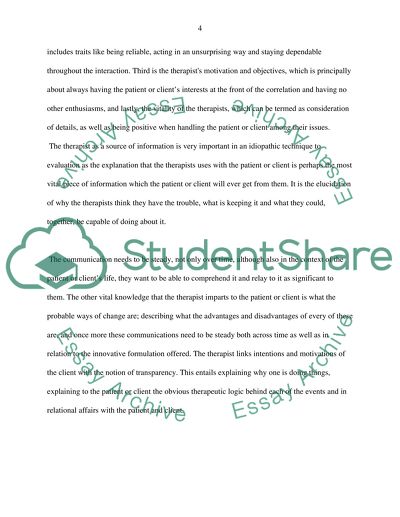Cite this document
(“Cognitive Behavioral Assessment Essay Example | Topics and Well Written Essays - 2250 words”, n.d.)
Cognitive Behavioral Assessment Essay Example | Topics and Well Written Essays - 2250 words. Retrieved from https://studentshare.org/psychology/1403924-a-critical-analysis-of-a-cognitive-behavioural
Cognitive Behavioral Assessment Essay Example | Topics and Well Written Essays - 2250 words. Retrieved from https://studentshare.org/psychology/1403924-a-critical-analysis-of-a-cognitive-behavioural
(Cognitive Behavioral Assessment Essay Example | Topics and Well Written Essays - 2250 Words)
Cognitive Behavioral Assessment Essay Example | Topics and Well Written Essays - 2250 Words. https://studentshare.org/psychology/1403924-a-critical-analysis-of-a-cognitive-behavioural.
Cognitive Behavioral Assessment Essay Example | Topics and Well Written Essays - 2250 Words. https://studentshare.org/psychology/1403924-a-critical-analysis-of-a-cognitive-behavioural.
“Cognitive Behavioral Assessment Essay Example | Topics and Well Written Essays - 2250 Words”, n.d. https://studentshare.org/psychology/1403924-a-critical-analysis-of-a-cognitive-behavioural.


